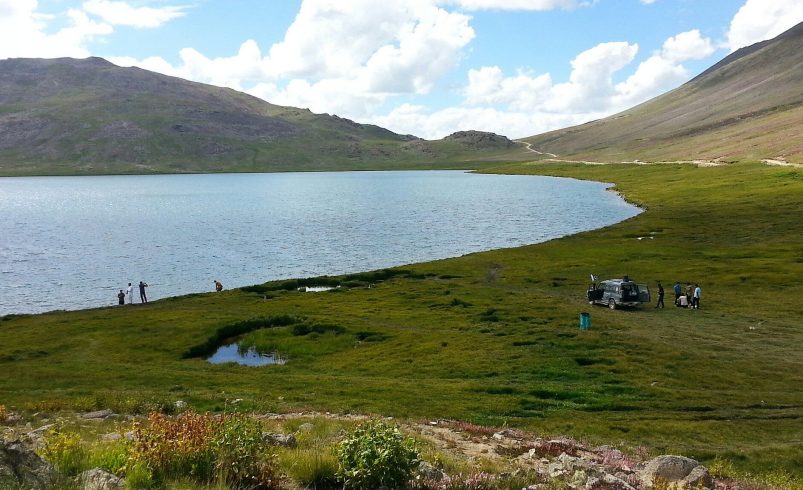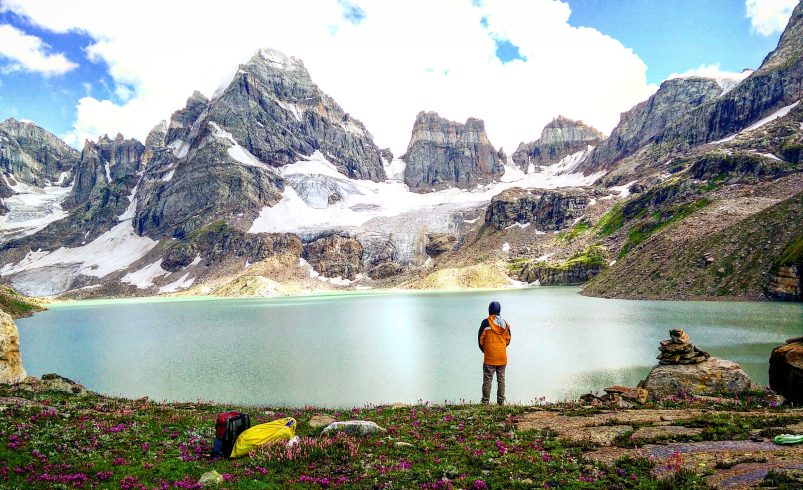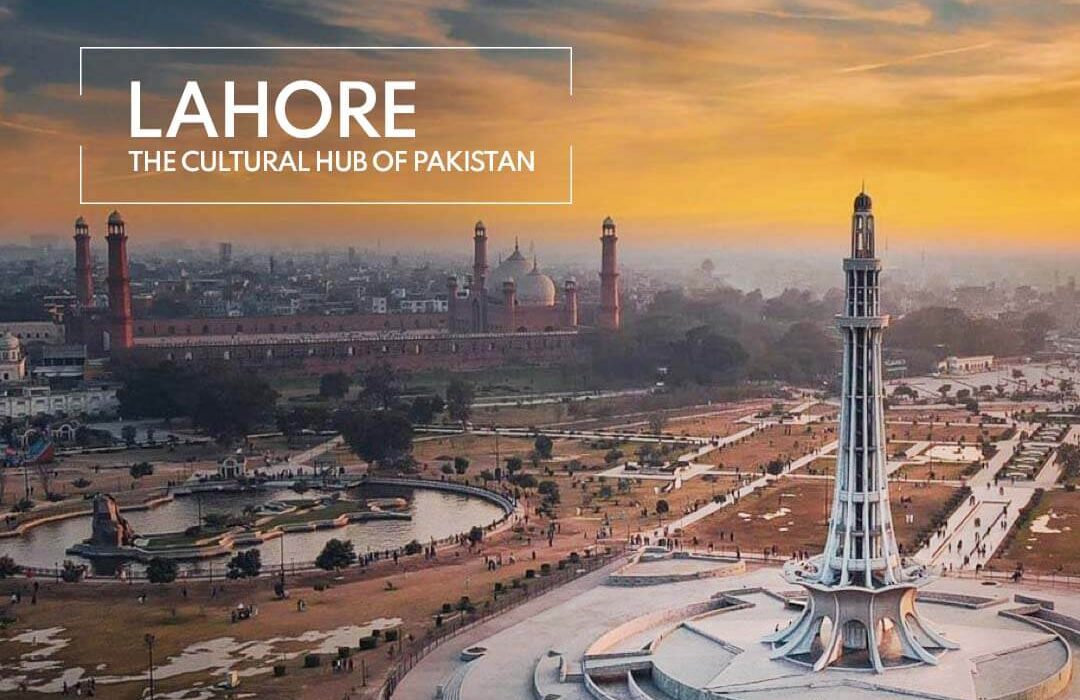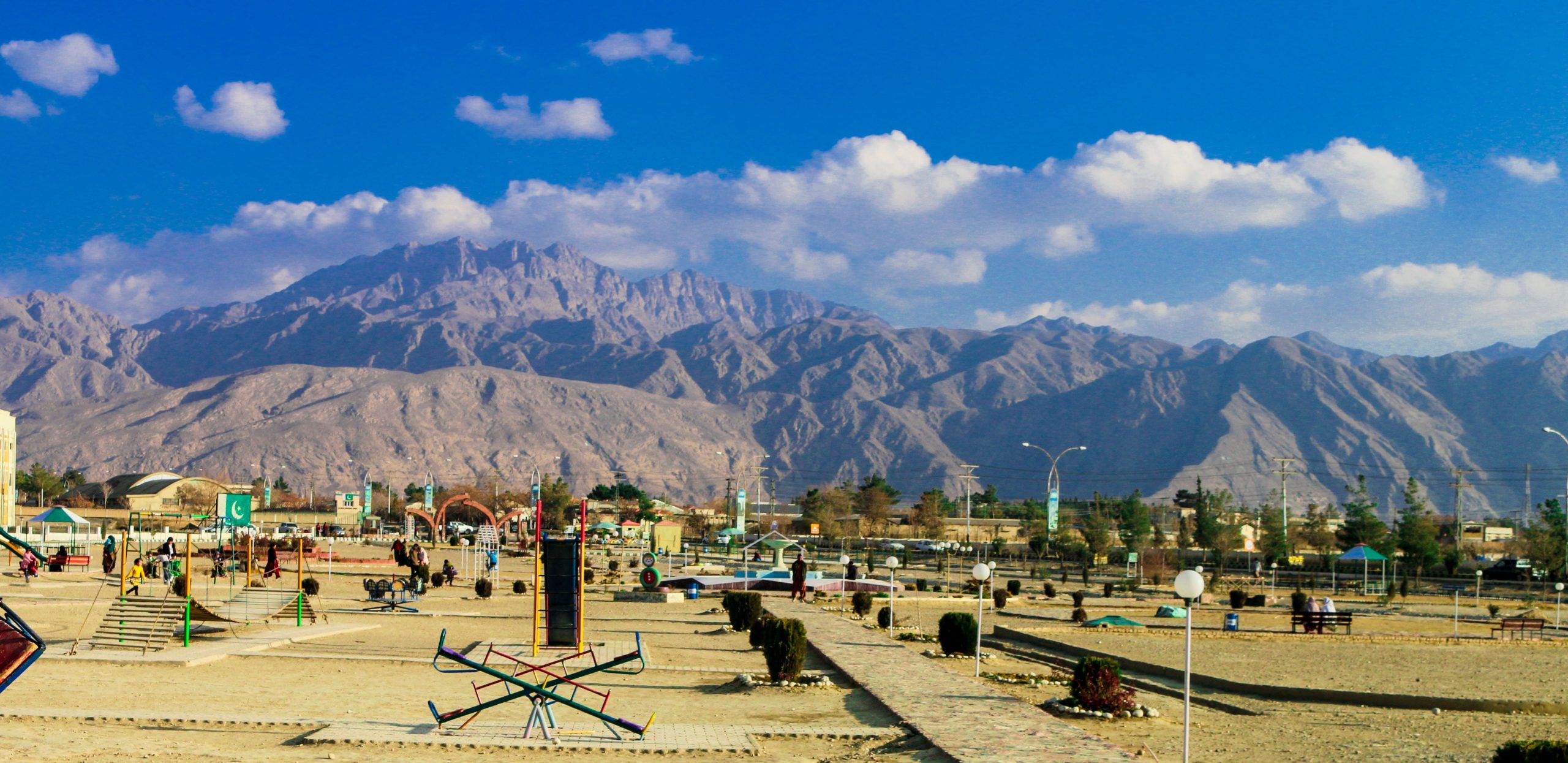
- June 9, 2025
🌍Introduction
Gilgit-Baltistan is home to some of the most breathtaking mountain lakes in the world. In this Gilgit-Baltistan lake guide, we showcase the Top 10 Famous Lakes in Gilgit-Baltistan Pakistan, each uniquely beautiful and worth exploring.
🛶 1. Attabad Lake
Attabad Lake is one of the most beautiful lakes in Pakistan, known for its striking turquoise waters. Formed in 2010 after a massive landslide, it has become a major tourist attraction.
- Location: Gilgit-Baltistan, Hunza Valley, near Karimabad
- How to reach: Take a flight to Gilgit, then drive 120 km from Gilgit to Hunza via the Karakoram Highway
- Nearby Places: Passu Cones (20 km, famous for unique rock formations), Hunza Valley (30 km, historical sites & orchards)
- Best Time to Visit: May to October
- Activities to Do: Boating, jet skiing, fishing, sightseeing
- Cultural Significance: Formed after a massive landslide in 2010, now a popular tourist attraction
🏞️ 2. Sheosar Lake
Sheosar Lake is a high-altitude lake located in Deosai National Park, surrounded by wildflowers and panoramic views of Nanga Parbat. It’s a peaceful, remote lake with unparalleled natural beauty.
- Location: Deosai National Park, near Skardu
- How to reach: Jeep ride from Skardu, approximately 6–7 hours
- Nearby Places: Bara Pani (camping spot, 15 km), Sadpara Lake (50 km, boating and picnic area)
- Best Time to Visit: July to September
- Activities to Do: Camping, wildlife viewing, photography
- Cultural Significance: Part of the Deosai Plateau, a protected national park with rich biodiversity
🏕️ 3. Rush Lake
Rush Lake is the highest alpine lake in Pakistan and one of the highest in the world. Surrounded by majestic peaks, it’s a dream destination for trekkers.
- Location: Nagar Valley, near Hopar Glacier
- How to reach: Trek from Hopar village, 3–4 day hike
- Nearby Places: Hopar Glacier (starting point for trek), Ultar Sar & Spantik (panoramic views en route)
- Best Time to Visit: July to September
- Activities to Do: Trekking, camping, photography
- Cultural Significance: Known for its remote wilderness, only accessible by dedicated trekking routes
🌊 4. Satpara Lake
Satpara Lake is a beautiful natural lake located near Skardu. It serves as a freshwater reservoir and is easily accessible for day trips.
- Location: Skardu, Gilgit-Baltistan
- How to reach: 30-minute drive from Skardu town
- Nearby Places: Skardu City (5 km), Shigar Fort (35 km)
- Best Time to Visit: May to September
- Activities to Do: Boating, fishing, lakeside picnics
- Cultural Significance: Provides water supply to Skardu, also known for its scenic beauty
🚤 5. Upper Kachura Lake
Upper Kachura Lake is a hidden gem of the Kachura region, offering serenity and natural splendor with less tourist traffic.
- Location: Kachura Valley, Skardu
- How to reach: 35-minute drive from Skardu
- Nearby Places: Lower Kachura Lake (4 km), Soq Valley (10 km)
- Best Time to Visit: June to September
- Activities to Do: Row boating, photography, nature walks
- Cultural Significance: Maintains untouched natural environment with pristine waters
🌴 6. Lower Kachura Lake (Shangrila Lake)
Shangrila Lake is popular for its unique setting, surrounded by the famous Shangrila Resort. It’s a favorite for honeymooners and family holidays.
- Location: Kachura, near Skardu
- How to reach: 20-minute drive from Skardu
- Nearby Places: Upper Kachura Lake (4 km), Shangrila Resort (adjacent)
- Best Time to Visit: May to September
- Activities to Do: Boating, dining, sightseeing
- Cultural Significance: Associated with the legendary Shangrila Resort, inspired by the novel “Lost Horizon”
🌳 7. Rama Lake
Rama Lake is situated in the lush Rama Meadows of Astore, surrounded by pine forests and offering spectacular views of Nanga Parbat.
- Location: Astore Valley, Gilgit-Baltistan
- How to reach: 1-hour drive from Astore town via jeepable track
- Nearby Places: Rama Meadows (5 km), Nanga Parbat Base Camp (15 km)
- Best Time to Visit: June to September
- Activities to Do: Hiking, camping, photography
- Cultural Significance: Located in scenic alpine setting near sacred Nanga Parbat
🎣 8. Borith Lake
Borith Lake is a saline lake ideal for bird watching, particularly during migratory seasons when waterfowls arrive.
- Location: Upper Hunza, near Gulmit
- How to reach: 2 km jeepable trek from Gulmit
- Nearby Places: Passu Glacier (4 km), Hussaini Bridge (3 km)
- Best Time to Visit: March to June, September to November
- Activities to Do: Bird watching, short hiking trips, photography
- Cultural Significance: Important stopover for migratory birds
🐟 9. Handarap Lake
Handarap Lake is a less-visited high-altitude lake located in the picturesque Ghizer Valley. It is popular among adventure travelers.
- Location: Ghizer Valley, Gilgit-Baltistan
- How to reach: 2-day trek from Shandur Road, starts from Handarap village
- Nearby Places: Shandur Pass (40 km), Phander Valley (35 km)
- Best Time to Visit: July to September
- Activities to Do: Trekking, fishing, camping
- Cultural Significance: Untouched and serene, ideal for solitude seekers
🏔️ 10. Barah Broq Lake
Barah Broq Lake is a remote, high-altitude lake in the Shigar Valley that offers challenging treks and incredible views of surrounding peaks.
- Cultural Significance: Remote and largely unexplored, treasured by mountaineers
- Location: Shigar Valley, Gilgit-Baltistan
- How to reach: 3–4 day trek from Shigar town
- Nearby Places: Shigar Fort (25 km), Skardu (40 km)
- Best Time to Visit: July to September
- Activities to Do: Trekking, alpine camping, star gazing
Distance Table (approx. from nearest hub)
| Lake | Nearest City | Altitude (m) | Distance (km) |
|---|---|---|---|
| Attabad Lake | Gilgit/Hunza | 2,558 | 130 (Gilgit) |
| Sheosar Lake | Skardu | 4,142 | 120 |
| Rush Lake | Nagar Valley | 4,694 | ~90 |
| Satpara Lake | Skardu | 2,600 | 9 |
| Upper Kachura Lake | Skardu | 2,500 | 20 |
| Lower Kachura (Shangrila) | Skardu | 2,500 | 18 |
| Rama Lake | Astore | 3,300 | 80 |
| Borith Lake | Hunza Valley | 2,600 | 40 |
| Handarap Lake | Phander Valley | 3,285 | 180 (via Gilgit) |
| Barah Broq Lake | Barah Village | 4,300 | ~100 from Skardu |
Travel Tips
- Best visiting season: May to September—lakes are thawed, roads open.
- Permits required for Deosai (Sheosar) and certain high-altitude treks like Barah Broq. Others free.
- Acclimatization: Start low and gradually ascend—Sheosar, Rush, and Barah Broq exceed 4,000 m.
- Guides & transport: Jeep-accessible for Satpara, Attabad, Kachura; trekking guides recommended for high-altitude lakes.
- Accommodations range from lakeside resorts (Attabad, Shangrila), guesthouses, to camping at high-altitude sites.
Practical Travel Guidance
- Best Season: May to September—lakes thawed, roads open
- Permits: Required for Deosai (Sheosar) and certain military zones (Barah Broq, Rama). Obtain locally.
- Altitude Acclimatization: Vital especially above 4,000 m. Ascend gradually.
- Transport & Guides: Jeep access for lower lakes; trekking guides strongly advised for higher/later lakes.
- Lodging: Lakeside resorts (Attabad, Shangrila), guesthouses (Skardu, Hunza), camping for high-altitude lakes
❓ FAQs
What makes the Top 10 Famous Lakes in Gilgit-Baltistan Pakistan unique?
Each lake is distinct in altitude, landscape, and surroundings. From the turquoise waters of Attabad Lake to the serene alpine Rush Lake, they represent the diverse natural beauty of Gilgit-Baltistan.
When is the best time to explore these famous lakes in Gilgit-Baltistan?
Ideally, plan your visit between late May and early October. This period offers optimal weather, accessible roads, and safe trekking conditions to all lakes including Sheosar and Barah Broq.
Are the Top 10 Famous Lakes in Gilgit-Baltistan Pakistan beginner-friendly?
Yes, lakes like Attabad, Shangrila (Lower Kachura), and Satpara are perfect for families and novice travelers due to easy access and nearby accommodations. More remote lakes require trekking and preparation.
Do I need a special permit to visit any of these lakes?
Generally, no permits are required. However, for Sheosar Lake (inside Deosai National Park) or trekking regions near Barah Broq, you may need national park entry permits or local permissions.
Is camping allowed near these famous lakes?
Absolutely! Camping is a popular activity at high-altitude lakes such as Rush, Rama, Borith, and Handarap. Just make sure to follow eco-friendly practices and camp responsibly.
Which is the highest lake among the Top 10 Famous Lakes in Gilgit-Baltistan Pakistan?
Rush Lake is the highest, located at 4,694 meters above sea level. It’s one of the highest alpine lakes in the world, with panoramic views of snow-capped peaks.
Can I swim in these lakes?
Due to the cold temperatures, swimming isn’t recommended, though some travelers dip into Attabad or Borith Lake during warmer months. Always exercise extreme caution.
What wildlife might I encounter near these lakes?
Expect to see Himalayan marmots, ibex, brown bears, and migratory birds like cranes and ducks, especially near Sheosar Lake and Borith Lake, which lie in natural reserves.
Are guided tours available to these lakes?
Yes, local operators offer guided jeep tours, trekking plans, and multi-lake itineraries, especially for remote lakes like Rush Lake, Handarap, and Barah Broq Lake.
How can I reach these lakes from Islamabad?
Travel to Skardu or Gilgit by air or road, then continue by 4×4 vehicle or trek depending on the lake. For instance, Attabad is accessible via Karakoram Highway, while Rush Lake involves a trek from Hopar Valley.
Which lake is part of a resort facility?
Lower Kachura Lake, commonly known as Shangrila Lake, is home to the Shangrila Resort, offering luxury rooms, lakeside dining, and scenic views of the lake.
Is boating available at these famous lakes?
Yes, you can enjoy boating at Attabad, Satpara, Upper Kachura, and Shangrila Lake. Boats are generally available for rent at these more accessible and calm-water lakes.
Do any of these lakes freeze during winter?
Yes, high-altitude lakes like Rush, Sheosar, and Satpara completely freeze in winter, creating a snow-white landscape ideal for winter photography but often inaccessible to tourists.
Is mobile network coverage available near the lakes?
Coverage is partial. Lakes near populated areas such as Attabad and Shangrila may have reception, while remote lakes like Barah Broq and Rush often have no network access at all.
What is the altitude range of these lakes?
The altitudes vary from around 2,500 meters (Attabad Lake) to nearly 4,700 meters (Rush Lake), making acclimatization crucial for trekking travelers.
Are there accommodations available near the lakes?
Yes, especially near Attabad, Shangrila, Satpara, and Upper Kachura. Remote lakes like Rush and Barah Broq offer camping options or limited guesthouses nearby.
How many days do I need to explore all 10 lakes?
To enjoy all lakes comfortably, you should plan a 12–18 day itinerary, allowing for travel time, trekking days, and rest/acclimatization.
Which lakes are best for photography?
Lakes such as Attabad, Sheosar, Upper Kachura, and Rush are particularly photogenic, offering clear reflections, snowy peaks, and sunset colors.
What should I pack for visiting these lakes?
Essential items include warm clothing, trekking boots, sleeping bags, altitude medicine, waterproof layers, power banks, and sunscreen. Always be well-prepared.
Is it safe for solo travelers to explore the Top 10 Famous Lakes in Gilgit-Baltistan Pakistan?
Generally, yes. However, solo travelers should inform someone of their plans, hire guides for treks, and carry emergency contacts due to remote conditions in some areas.
🏁 Conclusion
The Top 10 Famous Lakes in Gilgit-Baltistan Pakistan offer more than just stunning views—they are living testaments to nature’s grandeur, geological wonders, and cultural depth. From the vivid turquoise waters of Attabad Lake to the towering solitude of Rush Lake, each site provides travelers with a unique and unforgettable experience. Whether you’re an adventure seeker, a photography lover, or someone simply seeking peace amidst towering peaks and alpine meadows, these lakes have something for you.
By planning responsibly, respecting local cultures, and traveling sustainably, you not only enjoy your journey but also help preserve these fragile ecosystems for generations to come. So pack your bags, lace up your hiking boots, and set your compass towards the majestic lakes of Gilgit-Baltistan—your soul-stirring journey awaits!






